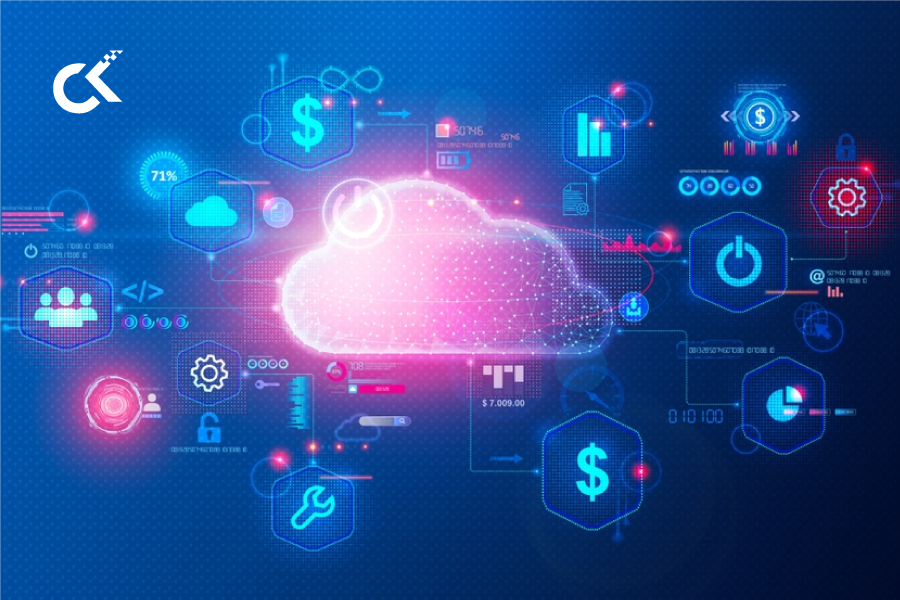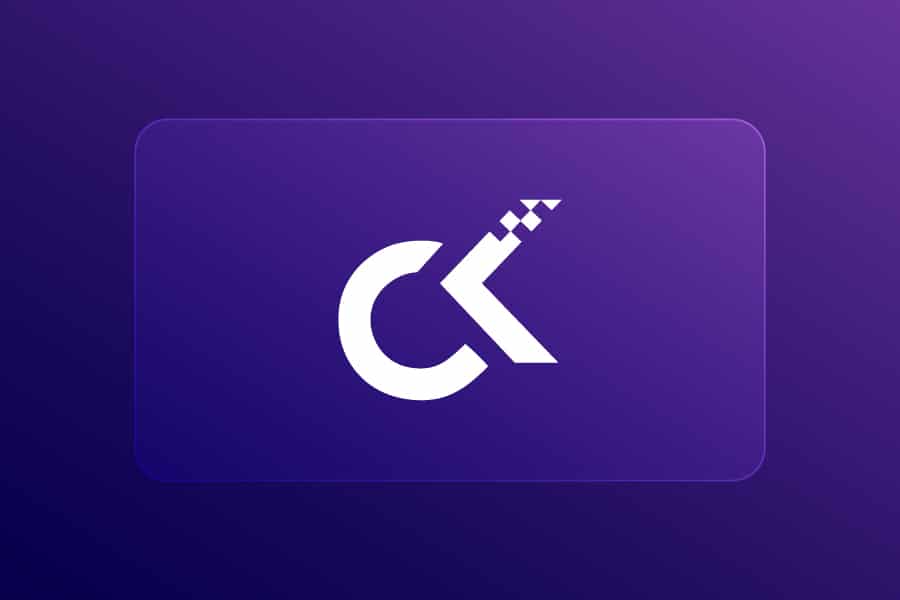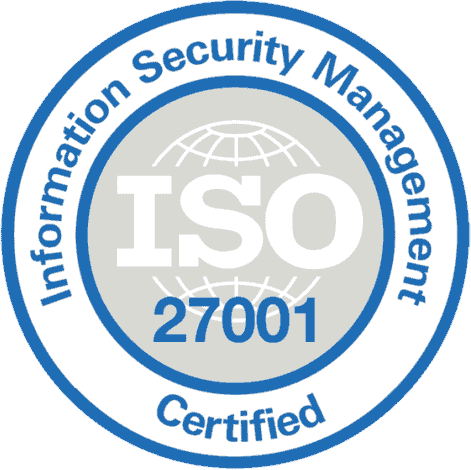In an increasingly digitized world, almost every company is invariably a ‘tech’ company. We can safely say that almost all businesses out there are enabled or managed or at least supported by use of technology. The drive to have an edge over the competition makes most companies keen to integrate and adapt to new technologies. Such adoption of newer technologies is at varied levels across industries and organizations due to various factors of need, ROI, business opportunity to name a few.
This phase of transformation also commonly referred to as “Digital Transformation” is easier said than done. Almost 80% of enterprises are still in the early stages of digital transformation and their dependency in legacy applications is proving to be an obstacle to their transformation journey.
Today’s leadership and executive management teams realise this abundantly due to evolving customer expectations and rising need for agility in businesses. The advent of cloud-computing and use of cloud-native technologies have resulted in the need to modernize existing applications or adopt purpose-built modern applications that provide focussed solutions at scale and enable organizations to grow faster than ever. Enterprises, can unlock newer business models based on this new found capability, which call for rapid deployment but are weighed down by traditional applications and legacy systems, which don’t allow them to be agile.
This is where Application Modernization comes into the picture.
What is application modernization?
Before we go further, it is important to understand what Application Modernization is all about and how it can help companies extract business value from old systems.
Application modernization refers to the process of taking existing legacy applications and modernizing them – the platform infrastructure, internal architecture or features.
Moving your infrastructure to the cloud is just a part – although a very important one – of your company’s digital journey. To get the full value of the cloud, companies need to ensure the systems they use are compatible with the modern infrastructure. Modernizing existing applications can improve the functionality of existing applications and improve the performance and compatibility with newer applications. Numerous extensibility and integration opportunities that get presented to any modern application on the cloud. These are vital and not-to-be-missed areas by any business today.
Why do you need to modernize legacy applications?
There are many reasons for capitalizing on having a clear strategy to modernize legacy applications. The strategy generally consists of the below approaches:
A detailed analysis of the strategy and each approach would be covered in a future post but we can look at the case of “Monolithic” applications as a typical case. Monolithic applications tend to be very large, slow and difficult to integrate with other applications. A Monolithic application is a server-side system based on a single application. Although easy to develop, deploy and manage, they are time-consuming and heavily dependent on language/framework. Moreover, as time goes by, it becomes very difficult to add additional features to the application. Scalability is yet another challenge for monolithic applications.
Rethinking processes can help to rebuild applications in new ways, breaking them up into different components through Microservices. Microservices is an architectural style of breaking up larger pieces of software into smaller pieces of code. This allows that code to run in an isolated manner, enabling a more agile workflow.
How can you modernize monolithic applications?
Some technology approaches to modernize your applications are:
Microservices
A Microservice is an application architecture that takes every application function and puts it in its own service that runs in a container. These containers communicate over APIs. As each container is independent, it can run on a language or framework that is most suitable for its function. It allows for rapid development, deployment and iteration-at-will through a DevOps pipeline. It also reduces the risk as even if some functionality fails, the rest of the application continues to function normally. It is also possible to scale each microservice independently. This means that if any functionality required additional capability can be added to scale that particular service.
FAAS (Function-as-a-Service)
FaaS allows developers to focus on the design, running, and management of applications without having to focus on building and maintaining back-end infrastructure. FAAS are a lightweight way to define only the function you need to perform an action instead of provisioning an entire application to provide a service. This also does not limit you to any one language or framework and you can use the language that your organization has expertise in. Introduced in 2014, FAAS is a relatively new cloud model that allows you to upload modular pieces of functionality into the cloud that are independently executed.
Serverless
Serverless infrastructure enables developers to focus on their core product without having to worry about managing and operating servers. Serverless is a cloud architecture does not involve servers, virtual machines, or containers to provision or manage. It is also a very cost-effective way to build applications as you pay only for resources you actually consume and not based on the provisioned capacity. This can reduce your cloud costs massively. It goes without saying that serverless architecture has auto-scaling, availability and fault-tolerance built in. Due to these reasons, serverless architecture takes less effort to design, build, and maintain.
Start your application modernization journey
Modernization of application allows businesses to take advantage of these new cloud models and help to create new services and processes that add value to the customer and create new revenue streams. The team at Cloud Kinetics is experienced in accelerating your adoption of these models and help you in your application modernization journey. Get in touch with us to start your app transformation journey.



